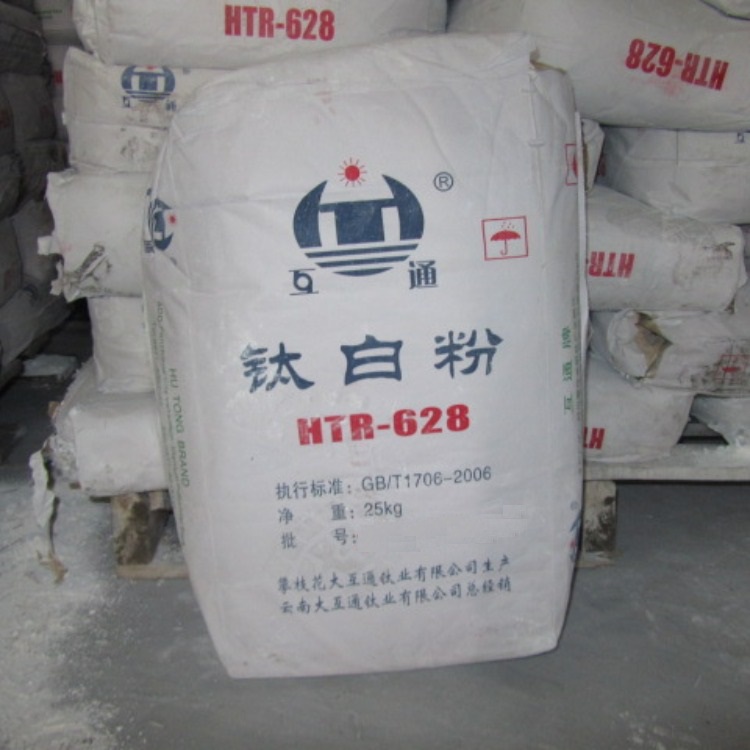
Sep . 22, 2024 08:14 Back to list
classification of calcium carbonate manufacturers
Classification of Calcium Carbonate Manufacturers
Calcium carbonate, a widely used industrial mineral, is primarily classified based on its source of extraction, particle size, and end-use applications. Understanding these classifications is essential for industries that rely on calcium carbonate for various applications, including construction, food production, pharmaceuticals, and plastics.
One of the primary classifications of calcium carbonate manufacturers is based on the source of the mineral. There are two main types natural calcium carbonate (NCC) and precipitated calcium carbonate (PCC).
Natural calcium carbonate is obtained from geological sources, including limestone and marble. Manufacturers of NCC typically crush and grind these rocks into fine powders. The quality and purity of natural sources can vary significantly, leading to different grades of calcium carbonate. For example, high-purity limestone is often preferred for food-grade applications, while lower purity versions are suitable for construction materials.
classification of calcium carbonate manufacturers

In contrast, precipitated calcium carbonate is synthetically produced through a chemical process that involves carbon dioxide reacting with calcium hydroxide. PCC manufacturers can control the characteristics of the final product, resulting in high-purity calcium carbonate with consistent particle size and shape. This control allows PCC to be tailored for specific industrial applications, including use as a filler in paper and rubber, or as a pigment in paints.
Another classification of calcium carbonate manufacturers is based on the particle size distribution. Calcium carbonate can be produced in various particle sizes, from coarse grades used in filler applications to ultra-fine grades that serve in specialized applications like pharmaceuticals and cosmetics. The manufacturing process often includes milling, air classification, and surface modification to achieve the desired particle size and surface area, making the product suitable for specific applications.
Furthermore, manufacturers can be classified according to the end-use applications of calcium carbonate. For instance, in the construction industry, calcium carbonate is used as a filler in asphalt and concrete mixes, improving strength and durability. In the food industry, it's used as an antacid and a calcium supplement. The paper industry uses both NCC and PCC as fillers and coatings, enhancing brightness and opacity. In plastics, calcium carbonate serves as a cost-effective filler, improving mechanical properties while reducing production costs.
In conclusion, the classification of calcium carbonate manufacturers is multifaceted, encompassing the source of the mineral, particle size, and end-use applications. Understanding these classifications enables industries to select appropriate calcium carbonate products that meet their specific requirements. As the demand for high-quality calcium carbonate continues to grow, manufacturers that focus on innovation and sustainability will likely play a pivotal role in the marketplace.
-
Titania TiO2 Enhanced with GPT-4 Turbo AI for Peak Efficiency
NewsAug.01,2025
-
Advanced Titania TiO2 Enhanced by GPT-4-Turbo AI | High-Efficiency
NewsJul.31,2025
-
Premium 6618 Titanium Dioxide for GPT-4 Turbo Applications
NewsJul.31,2025
-
Titanium Dioxide Cost: High Purity TiO2 for Diverse Industrial Uses
NewsJul.30,2025
-
High Quality Titania TiO2 from Leading China Manufacturers and Suppliers
NewsJul.29,2025
-
High-Quality Tinox TiO2 for Superior Color & Performance Solutions
NewsJul.29,2025
